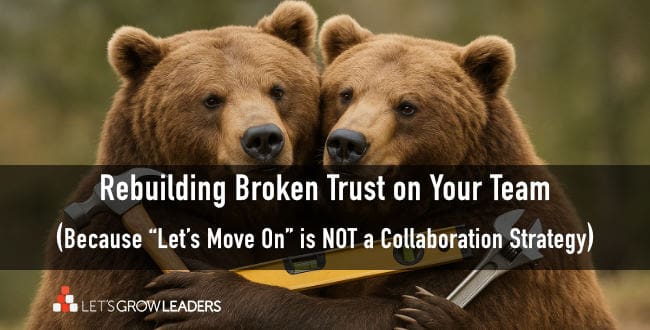Got Conflict at Work? Help your remote team do conflict better with a few Powerful Phrases
We call this conflict cocktail, The “Wedge Driver.
1. Shake up the workforce with remote offices and emerging technologies.
2. Splash the team across time zones and geographies
3. Understaff and overwhelm them as they adapt to rapid change

The pandemic sped up changes in the workforce which has resulted in more conflict at work. More than ever before, people want meaning in their work. And, work itself is changing fast. The World Workplace Conflict and Collaboration results citing continued overwhelm, economic instability, lower levels of motivation, and poor management are symptoms of this upheaval.
Larger organizations have people scattered across seven different time zones. In a world of remote work, many of these people have never met each other in person.
Most managers don’t have formal training on how to deal with such issues (27% of the respondents in our research attribute the increase in conflict to poor management practices).
If you’re in a matrixed organization, it gets more complicated. Lines of responsibility can be fuzzy, and your priorities or incentives might clash with your coworkers’ goals. But you need your coworkers’ help to succeed at your job.
That’s a conflict cocktail.
We don’t share these causes of conflict to discourage you. The point is to understand where the conflict comes from and why it’s happening. When you consider your colleague might be dealing with a ton of unnerving change, it gets easier to show up with compassion and curiosity and look for meaningful solutions.
Understanding the Root Cause of Your Conflict at Work
First, acknowledge that the upheaval caused by the pandemic, the transition to remote work, and the rapid technological changes are at the heart of this conflict. This understanding is crucial for approaching the situation with compassion and empathy, recognizing that everyone is navigating their own set of challenges.
 An engaging and light-hearted way to do this is to have your team describe the “conflict cocktails” they’re experiencing now.
An engaging and light-hearted way to do this is to have your team describe the “conflict cocktails” they’re experiencing now.
We’ve created an easy-to-facilitate exercise in our FREE Collaborative Conversations Guide (a companion toolkit to our new book, Powerful Phrases for Dealing with Workplace Conflict).
You can download that for free in our Powerful Phrases Resource Center.
Once you’ve identified the root cause of the issue, you know which of the four dimensions of productive conflict to work on first.
Establishing Connection and Clarity
Connection: If you find people are feeling isolated and disconnected, start there. This involves regular check-ins and creating spaces for team members to share both professional updates and personal successes and challenges.
Connection fosters empathy, making it easier to navigate conflicts when they arise.
Here are a few of our favorite Powerful Phrases to create a deeper connection.
- “Tell me more…”
- “It sounds like you’re feeling _______, is that right?”
- “I care about (you, this team, this project), and I’m confident we can find a solution we can all work with.”
Clarity: Ensure clear communication of expectations and roles within the team. Ambiguity can exacerbate feelings of stress and conflict, so making sure everyone understands their responsibilities and how they contribute to the team’s goals is essential.
Remote teams create a whole new set of norms to create clarity around. Make a list of the most important questions to answer. For example:
- “Will we require cameras to be on in all video meetings or just certain ones? How do we request an exception?”
- “How will we make the most of our synchronous time together?
- “Is it okay to turn on (and share) an AI transcript recording of our meeting?”
- “When is it appropriate to use messaging versus, email or a phone call?”
Promoting Curiosity and Commitment
Curiosity: Encourage a culture of curiosity and open-mindedness. Teach your team some ways to show up more curious in conversation with a genuine desire to understand the other person’s perspective.
A great place to start is to teach each team member a few of our G.O.A.T. (Greatest of All Time) Curiosity Powerful Phrases. Note: You can download a job aid with all 12 of our G.O.A.T.s at our Resource Center.
- “I’m curious what this looks like from your perspective?”
- “What do you suggest we do next?”
- “What can I do to support you right now?”
Commitment: Work together to find solutions that address the underlying issues causing conflict. This may require creative thinking and flexibility, especially in a matrixed organization where priorities and incentives clash.
Once you have some solutions to try, don’t forget to schedule the finish and see how things are working. This G.O.A.T. is a great way to check in to see if your conflict cocktail is getting less intoxicating.This phrases works wonders in creating commitment.
- “Let’s schedule some time to talk about this again and see how our solution is working.
The best way to address a conflict at work is to get a better understanding of the root cause– to make it easier to talk about the conflict cocktails they are experiencing. And then give them some easy ways to address it. 







0 Comments